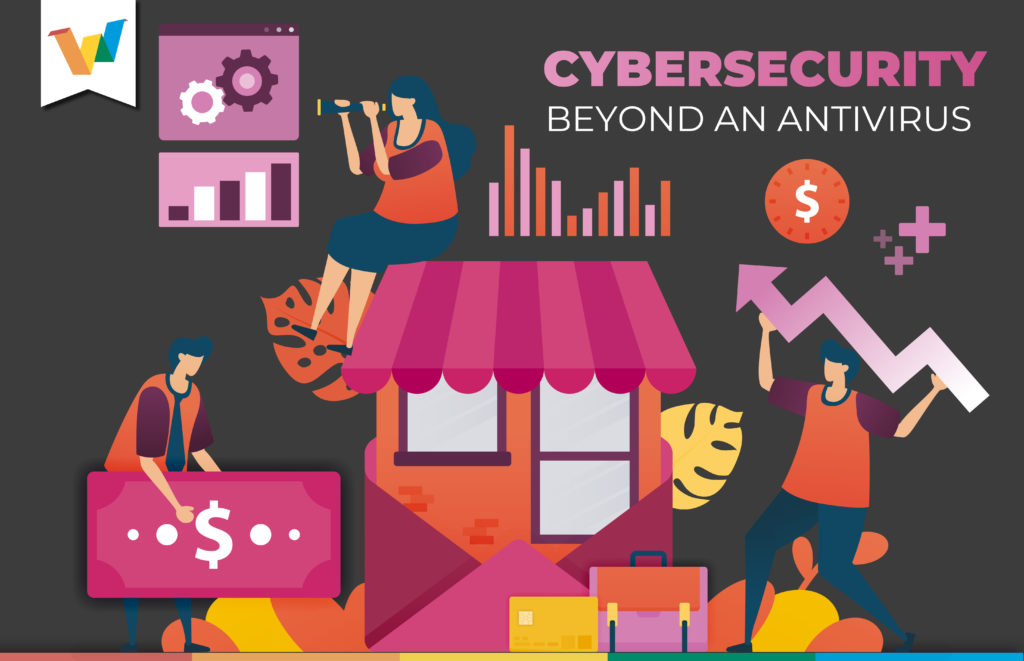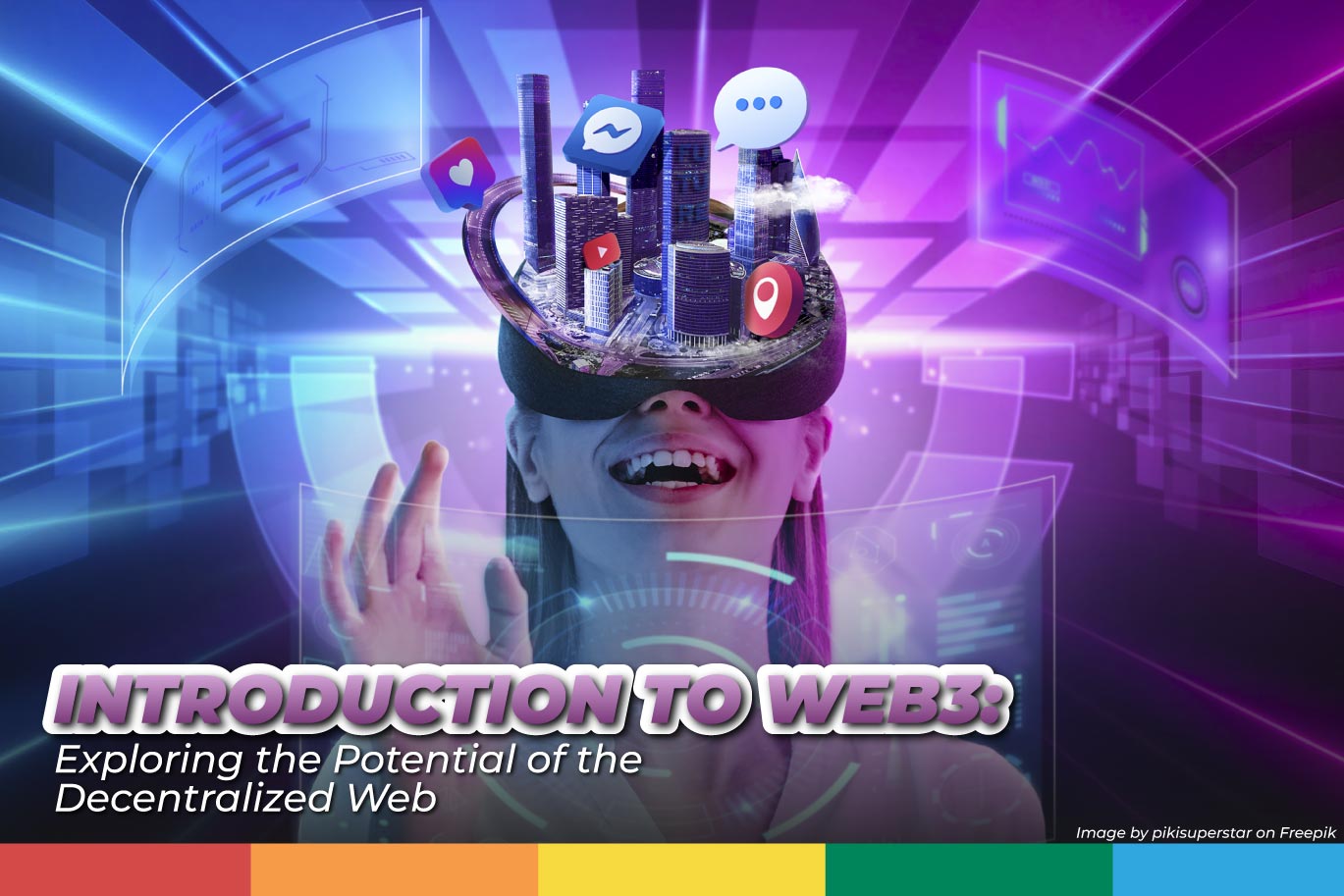Security nowadays goes way beyond just installing an antivirus in our computers. There are an endless number of security controls that we can implement, in an era where we are all vulnerable and our information may be being scrutinized by someone else. However, in this article, we present what you should know, recognize and remember, whether you are a company, a government entity, or a natural person.
In the digital era where we live today, scams, personal identifiable information (PII) theft, and confidential data leakages are found to be some of the most common cyberattacks companies and people are experiencing, and cybersecurity is the tool we have to protect ourselves.
In this sense, it is important to remember that security policies in a company help us to protect the most vulnerable information. Impact and risk analysis help us to make smart investments in the protection of the most valuable information.
In addition to a policy, it is important to have an action plan and awareness programs within your company to reduce cyber risk. Strategic, tactical, and operational plans will be the basis to carry out efficient operations within the company.
Let’s talk about risk management …
We are in a situation where daily life has changed, employees work remotely and security control within a company can be diminished by a radical change. That is why, the concept of defense in depth is very important. It is based on the idea of implementing multiple layers of security controls in a way that if a layer fails, an intruder still has to overcome many others.
To understand this better, we can think of a medieval castle. It is surrounded by a moat, and it also has a wall perhaps with archers. And then, inside, if previous security controls are violated, there will be soldiers to fight the intruders.
Some of the most common security controls are antivirus or antimalware software, virtual private networks(VPN), firewalls, intrusion detection systems(IDS), identity and access management(IAM) systems such as passwords, smart cards and biometrics, digital signature, encryption and hashing among others.
Beyond specific security controls, managing risks, it is closely linked to business continuity, which covers strategies and plans to ensure business operations despite any eventuality. This helps to mitigate errors and for the company to continue operations in a minimum estimated time.
In business continuity one of the most important plans is the disaster recovery plan (DRP) which tries to find the easiest way to get back on track in the face of a possible attack, indicating detailed steps of what to do. This action plan helps us to be prepared and respond quickly at the time of facing a possible disaster
A secure software will be credible…
With all the above, you may be wondering: how secure is my software? Or how can I protect it? And yes, there are some mechanisms, methodologies and tests that can be used to make our software more secure.
In this sense, it is of vital importance that from the beginning of development, only the functionality of the software is considered, but f security must be considered as well. This not only produces a more robust final product, but it also reduces costs possibly derived from later having to implement security.
Penetration tests, static code analysis, synthetic transactions, dynamic testing, interface testing, acceptance testing, and regression testing among others are some mechanisms so that your software is more secure.
In the same way, it is important to emphasize the importance of backups, not only as a tool for change management, but also to be more protected.
Enter our blog and read more articles about cybersecurity #WeBlogIt







